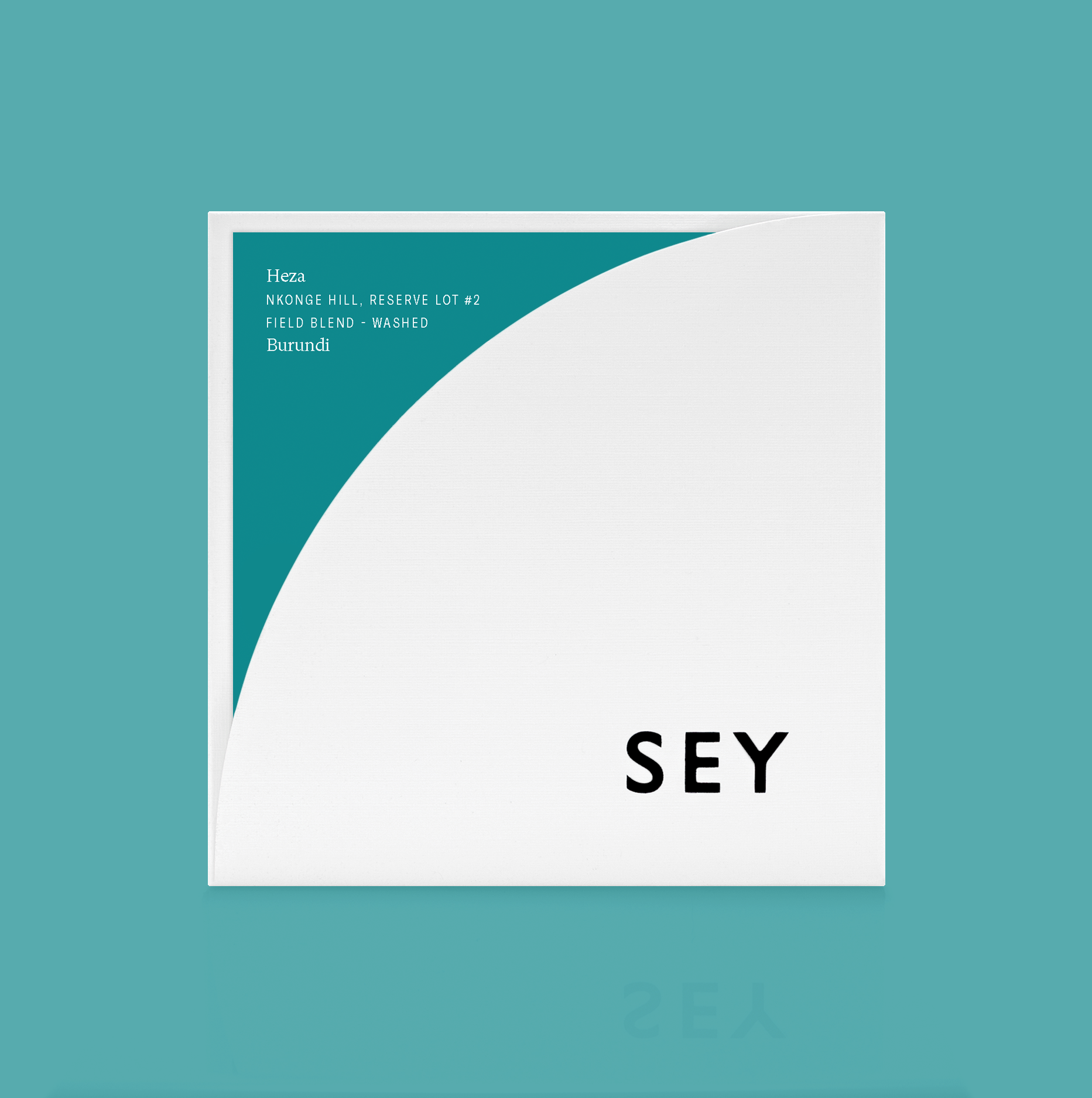
Of the many lots the Long Miles team tasted this year, only five were separated out as "Reserve". This is one of those lots, and it is the highest-scoring lot we tasted from Burundi this season. In the cup we find Kenya-like blackcurrant and complex layered acidities.
Field Blend
Kayanza
2,200 masl
June, 2023
Hand-picked at peak ripeness. Floated and hand sorted to further remove defects; depulped on the day of harvest. Double-fermented dry for 12 hours, then 24 hours submerged in water. Rinsed in fresh water. Density graded. Dried on traditional African raised beds for 16-20 days until moisture content reaches 10.5%.
ABOUT NKONGE HILL
We have been working with coffees from the Heza washing station longer than anywhere else in Burundi, and coffees from this site––including those from Nkonge Hill––have traditionally been our favorites. Most people living in this region are coffee farmers, as the elevation, cooler micro-climates, and proximity to the Kibira National Park make it an exceptional place to produce unique, high-density, expressive coffees.
ABOUT THIS FIELD BLEND
Varieties in Burundi are not exactly straightforward. We know that Red Bourbon and Mibirizi are being cultivated; however, we don't know at what relative percentages. Based on the history of production in Burundi there is also most likely some SL34 being grown as well.
ABOUT LONG MILES COFFEE PROJECT
The Long Miles Coffee Project is the dream-become-reality of Ben and Kristy Carlson. The pair moved to Burundi in 2011 with a simple dream: Help coffee growers by helping roasters source consistently high quality coffees from Burundi. Their dream has grown from working with fifty coffee growers in 2013 to working with more than 5,500 at present. Long Miles has been extremely effective in helping to actualize Burundi’s natural potential for extremely high quality coffee, while also making an incredible impact socially, economically, and environmentally. Coffees from this project are some of our most anticipated of the year, and we are humbled and honored continue supporting their inspiring work.
Pricing Details
Farm Gate (Local; Cherry)
1,380 BIF/KG
Farm Gate (USD; CHERRY)
~$5.45/KG
FOB
$14.46/KG
FOT
$17.04/KG
The cost of getting a coffee from cherry to beverage varies enormously depending on its place of origin and the location of its consumption. The inclusion of price transparency is a starting point to inform broader conversation around the true costs of production and the sustainability of specialty coffee as a whole.